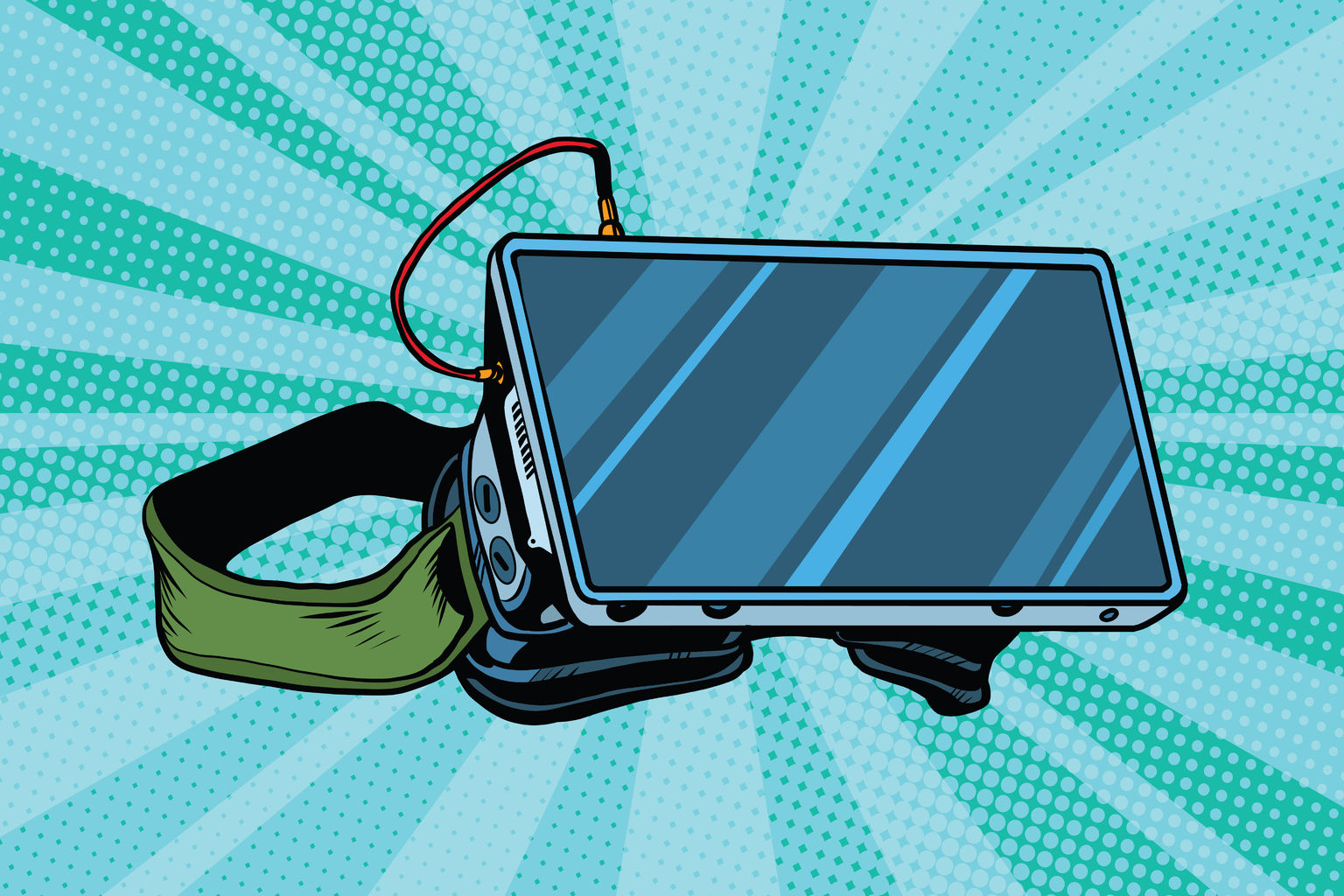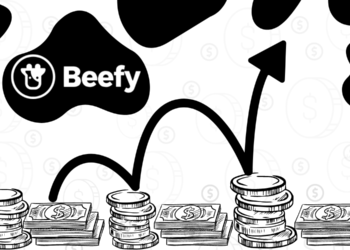People who have done their research about virtual reality may have come across the fact that a minimum of 60 FPS and a refresh rate of 90 HZ is recommended for content consumption of any kind. To some people, the number 90 raises a lot of questions, as it seems to be rather arbitrary. Rest assured that the number is not chosen randomly, as higher frame rate will offer more eye comfort and a more immersive experience.
60 FPS and HZ Is the “Sweet Spot”, For Now
There is a reason why high-end VR headsets are so [ridiculously] expensive right now. The HTC Vive and Oculus Rift provide players with content in 90 HZ at all times. This is done to achieve more eye comfort, and it also helps to avoid simulator sickness to a certain degree. Anything lower than 60 fps will create distortion and diminish the overall VR experience for the user.
However, the PlayStation VR headset, which costs about half of the other two, can achieve a refresh rate of up to 120 HZ. That is a more comfortable experience compared to the other two, even though some users will still experience eye strain and motion sickness. The number of frames per second can alleviate most of these concerns, yet it is not the sole indicator for an issue-free virtual reality experience either.
In the end, it comes down to exploring how far we can push VR technology moving forward. A higher frame rate and refresh rate will result in more pleasant experiences for most users. However, there is also a point where diminishing returns will outweigh any further benefit of improving either rate. Right now, that target has not been discovered, albeit it may only take a few years until we have achieved the most optimal refresh rate.
It is also important to keep in mind that increasing the framerate of VR headsets will require more powerful computers to render everything. Right now, the average VR-capable desktop computer is costing a pretty penny already. If we were to double or triple the framerate, hardware costs for the computer would scale in the same manner.
From a consumer-grade point of view, 60 FPS and 90 HZ is more than sufficient for the time being. Any type of content below that framerate should be avoided. Additionally, the screen resolution can still be improved quite a bit as well, which is more important compared to increasing the framerate right now.
Do keep in mind it is possible to watch 60 FPS content on a headset supporting a refresh rate lower than 90 HZ. It will not necessarily be a pleasant experience, though. VR hardware can certainly be improved to allow for higher refresh rates as well until the hardware catches up. It is evident the framerate is fine for VR content right now, yet the refresh rate of headsets may need further tweaking.
If you liked this article make sure to follow us on twitter @thevrbase and subscribe to our newsletter to stay up to date with the latest VR trends and news.












